Different Types of Aircraft With Pictures
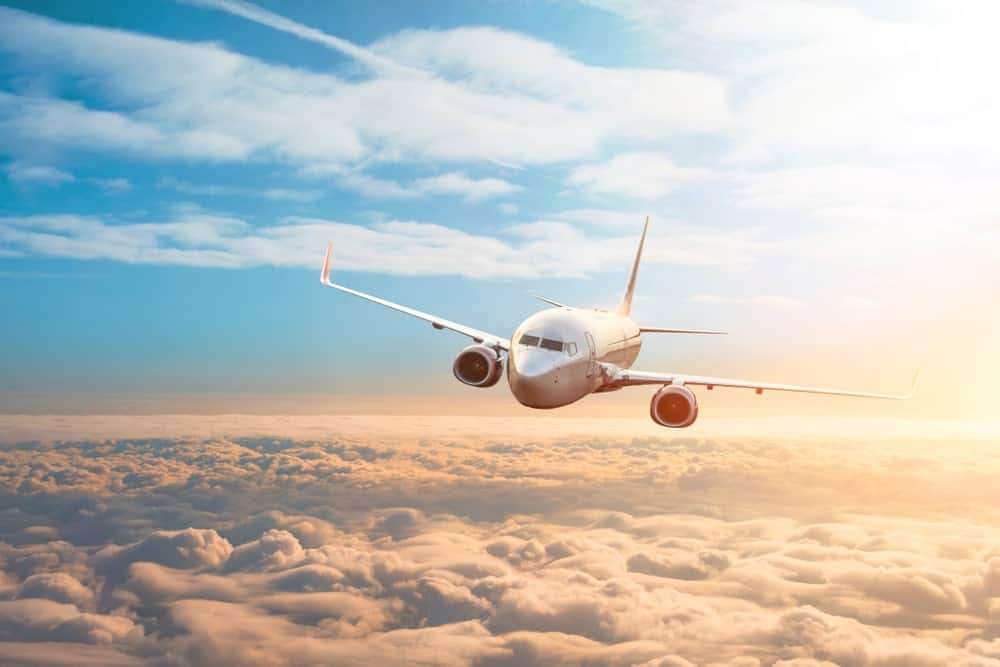
Aircraft were first envisioned thousands of years ago when people thought of flying for themselves. The Greek, Sumerian gods and the Egyptian gods all had some among them that could fly or float in the air. Men saw themselves in those gods and yearned to take flight. However, it wouldn't be until the year 1903 when the Wright Brothers; two bicycle shop owners, made the first manned flight and brought in to existence the first working plane.
From then on, the airplane has connected the world by making travel easier than ever before. People can fly the entirety of the globe in little more than a day and can visit multiple countries within a single day. The world has never been smaller. And till today, the drive to create faster, more efficient aircraft goes on.
Contents
- Turboprop Aircraft
- Piston Aircraft
- Jets
- Light Jets
- Mid-Size Jets
- Jumbo Jets
- Regional Jets
- Narrow Body Aircraft
- Wide Body Airliners
- Regional, Short-Haul, Federline Aircraft
- Commuter liners
- Airbus
- Concorde
- Tupolev Tu-144
- Military Aircraft
- Fighter
- Water Bomber
- Maritime Patrol
- Multi-role Combat
- Transport
Turboprop Aircraft
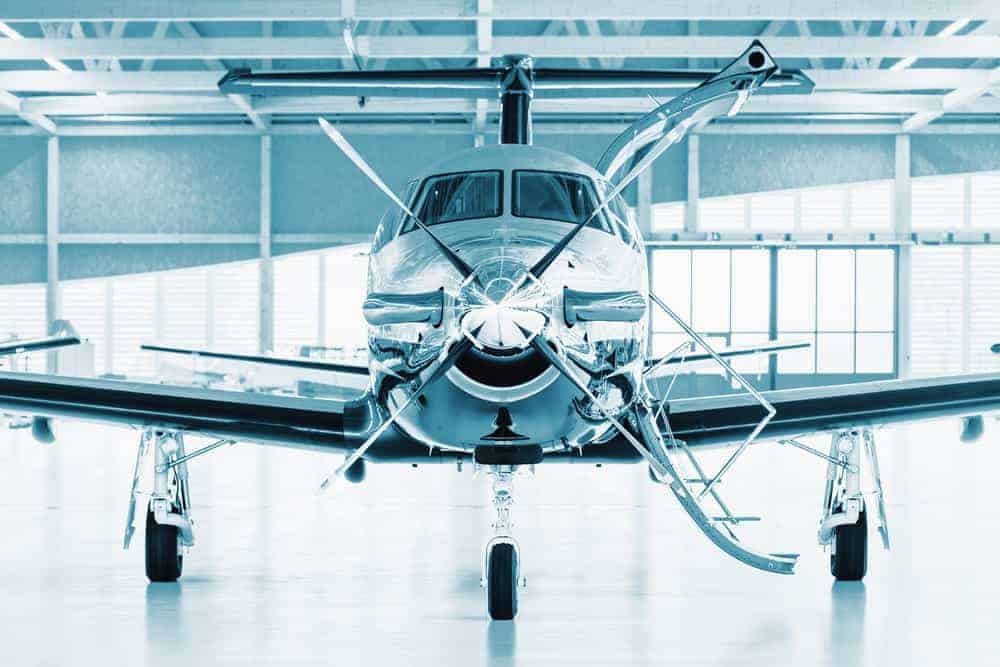
The turboprop aircraft has one or more gas turbine engines. They are both connected to a gearbox which turns the propellers. This is contrary to the pistons or jet engines that are found in the other types of small aircraft. The turboprop airplanes are usually much bigger than the piston aircraft that they resemble and can fly at much higher altitudes of 35,000 feet. They are well suited to flying for 600 to 1000 miles in a single flight, and a much cheaper option to private jets.
Piston Aircraft
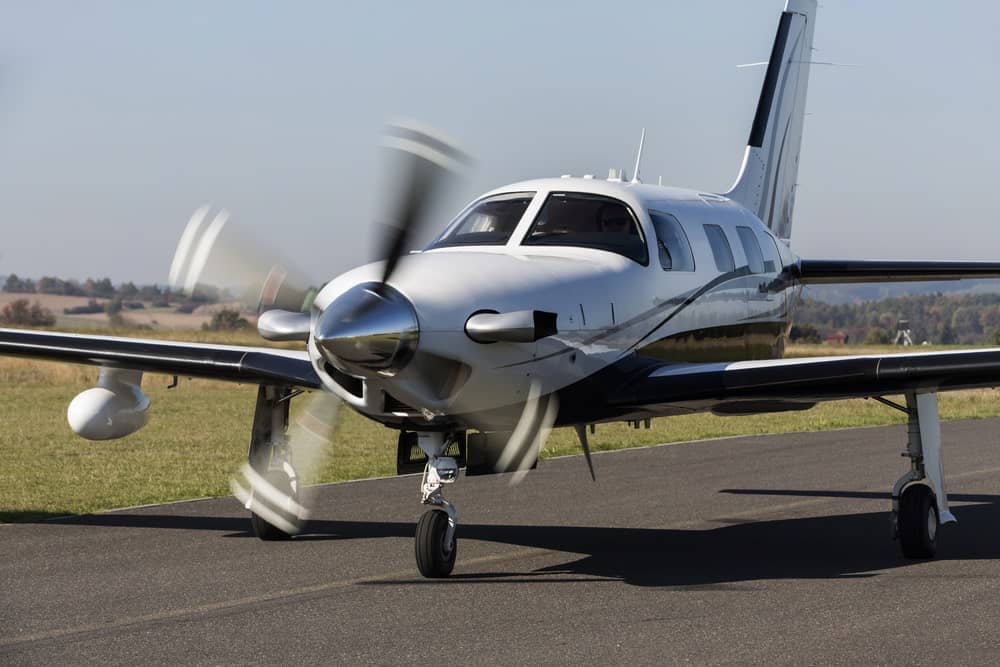
These resemble turboprop aircraft but are much smaller. They have one more piston-powered engines that are connected to the propellers. They are also incapable of flying at the high altitudes that the turboprop aircraft fly at (15,000 feet) and can cover much less distance (300 to 400 miles). The typical piston aircraft can seat around one to six people, which seats that are in rows of two. Piston aircraft don't need long runways to fly and don't need traffic control towers to navigate.
Jets
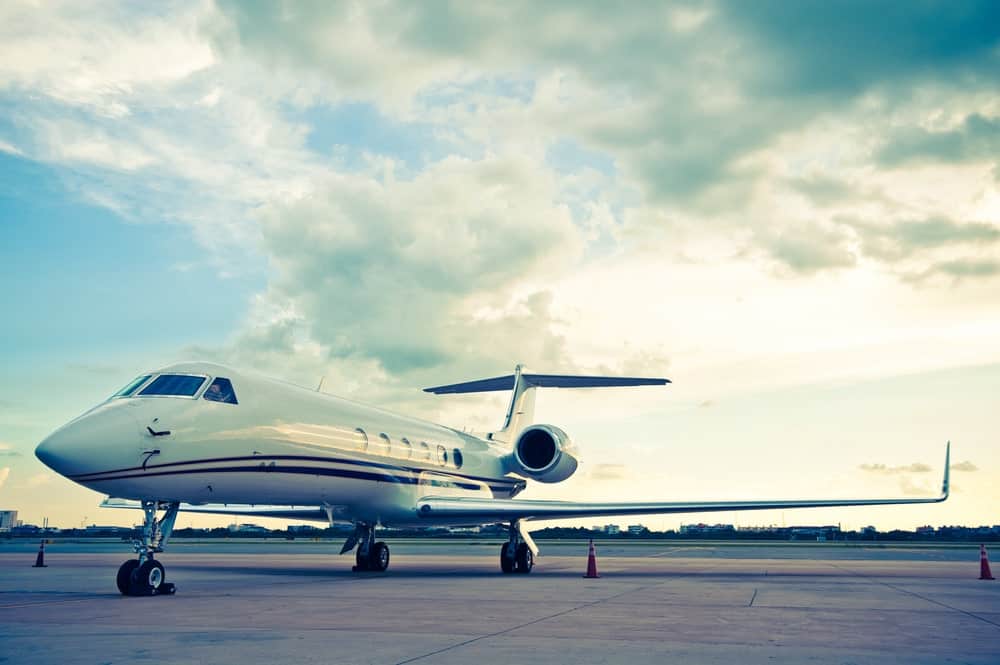
Jet planes are known for their speed and power as compared to normal aircraft. They achieve maximum efficiency at high speeds and so can even go supersonic (faster than the speed of sound). Jet aircraft can usually go at around Mach 0.8 (609 miles per hour), and fly at altitudes of 49,000 feet.
Jets were first developed in 1928 in England but were perfected in Germany in 1936, when Ernst Heinkel led the construction of the first jet plane.
Light Jets
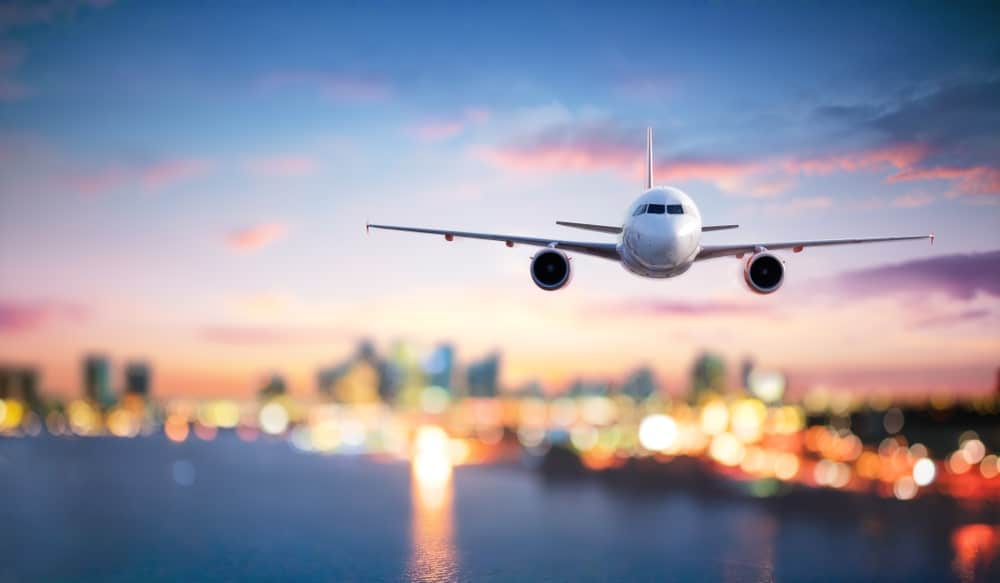
Light Jet planes are the most common type of chartered planes amongst business owners. These are sometimes alternatives for those looking for something other than turboprop aircraft while traveling on a budget. These are cost-effective for small distances and light luggage. Most very light jets don't have toilets on board and most light jets do.
Mid-Size Jets
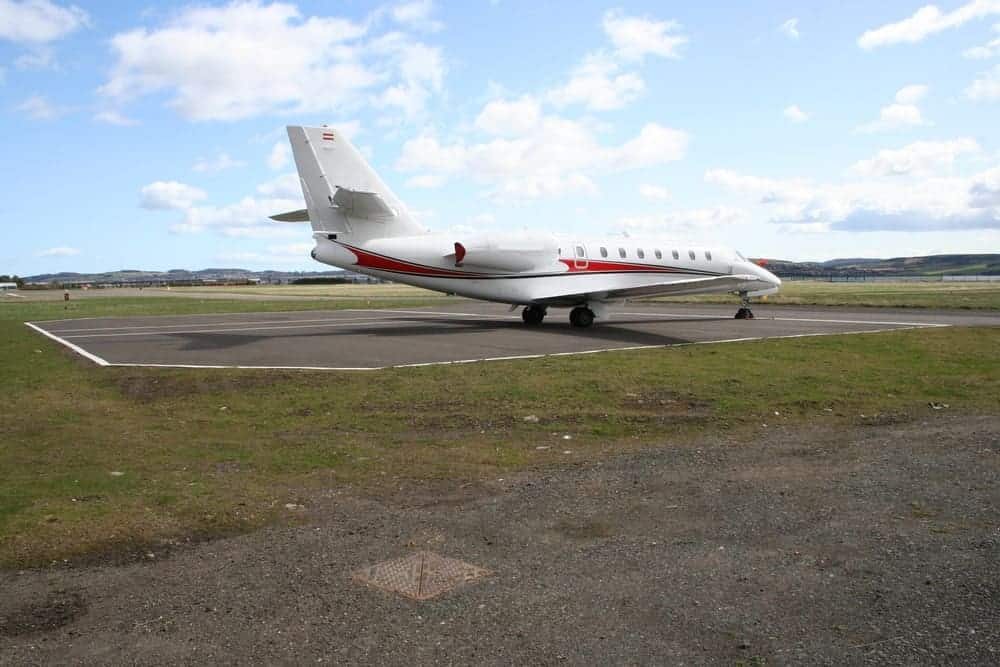
A mid-size jet is a little bigger than a light jet and has much greater speed than one. It is a viable option for short haul or long haul flights. The smaller midsize jets are more efficient than larger ones and are a popular choice due to their low operating costs. The ample luggage compartments, the enclosed apartments, and the full stand up cabins make them an attractive choice for wealthy passengers.
Some of the popular mid-size jets include the Hawker Beechcraft 800XP and the Embraer Legacy 500. Other larger jets include the Cessna Citation Sovereign, the Bombardier Learjet 35, and the Bombardier Learjet 60XR.
Jumbo Jets
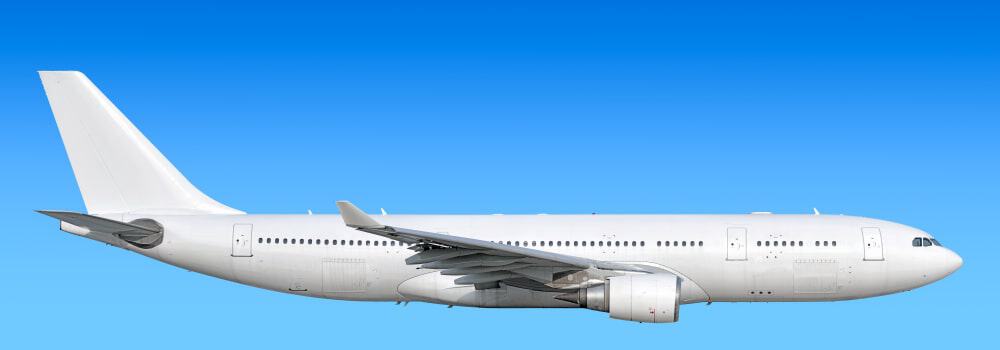
Heavy jets are the ultimate in increased range and greater space. They offer opportunities that are much loftier than their smaller counterparts. They're for strictly long hauls and long trips. There are also ultra-long-range heavy jets that serve the VIP charters that offer the utmost luxury.
These luxury private jets are only for the wealthiest and offer a long line of options such as fine dining, entertainment rooms, etc. Some standard heavy jet models include the Global 6000, the Dassault Falcon 7X, the Gulfstream G550, the Gulfstream GIV, and the Bombardier Challenger 604.
Regional Jets
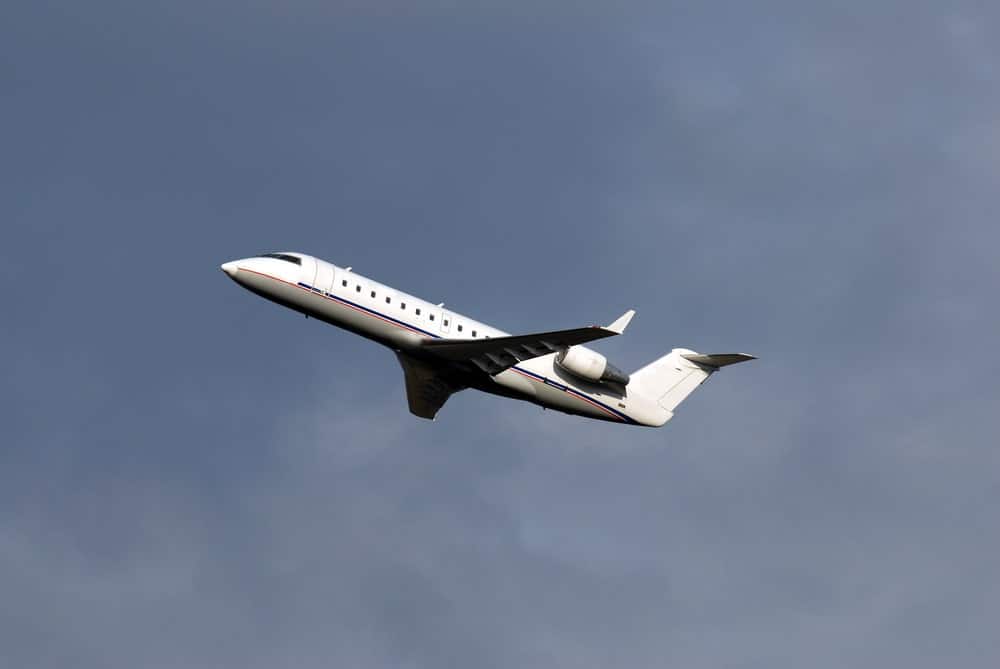
The Regional Jet is a Narrow Body aircraft that has short range and doesn't allow for transatlantic or transcontinental flights. It has limited capacity for about 100 passengers and is only suitable for short flights that are destined for airline hubs from smaller airports nearby. They are also called Feederliners and Commuters since they feed into larger commuter hubs.
Narrow Body Aircraft
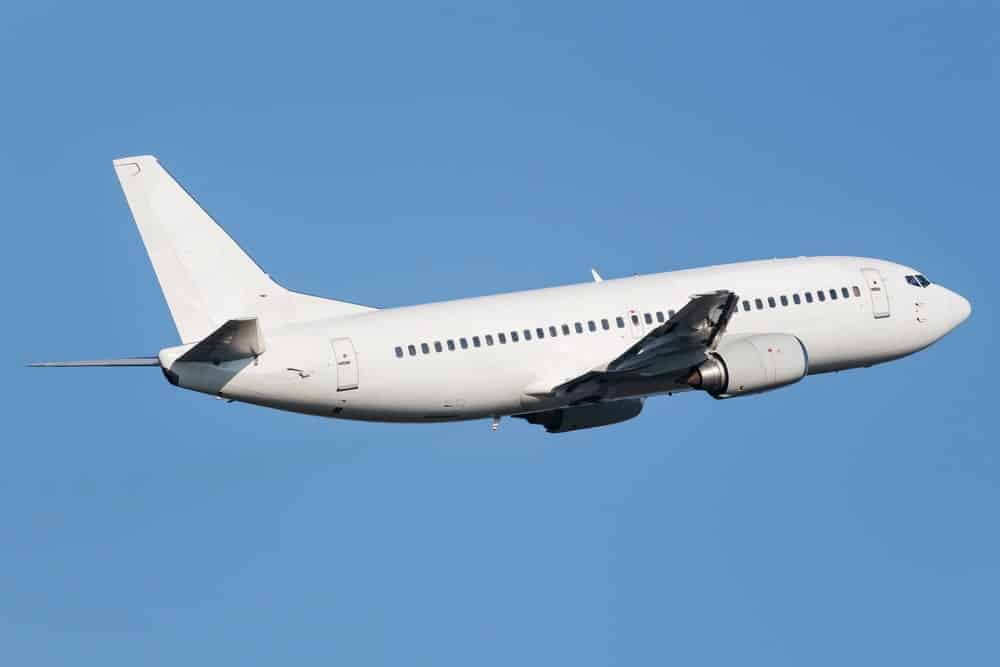
Narrow body aircraft are also known as single-aisle aircraft since they allow seating in a single row and have a cabin with a diameter of about three to four meters. This allows for up to 6 abreast seating and down to 2-abreast.
The highest seating capacity is 295 passengers. This only occurs with the Boeing 757-300. The size of the fuselage in a narrow body airplane allows passengers to stand and walk around, but not with much autonomy. There is also room for lavatories and for flight attendants to attend to the travelers.
There are many executive airlines that utilize narrow airplanes with luxury interiors like the Airbus 318 and the Airbus 319.
Wide Body Airliners

Widebody airliners allow for a lot more room and movement within them as suggested by the name. The cabin diameter in the plane is near five to six meters. The passenger flights are usually pretty comfortable with passengers able to move around comfortably and enough room to accommodate two passenger aisles. There are up to eleven seats abreast.
The seating capacity can go up to 850 passengers in a typical wide-body plane and be at a minimum of 200 passengers. The largest wide-body jets are almost 6 meters wide and accommodate even more passengers. There are several facilities inside including cargo holds, lavatories, and flight attendants.
Regional, Short-Haul, Federline Aircraft

Regional airliners have seating for about a hundred passengers and can be powered by anything from turbofans to turboprops. These airliners are the smaller, non-mainline counterparts to larger aircraft that are operated by major carriers. They are used to feed traffic into large airline hubs and focus cities.
These routes are usually suited to the size of these smaller aircraft. Hence, the aircraft can meet the frequency needs and service levels that the customers expect in the marketed product offered by larger airlines.
Regional Airliners are also employed when small cities feed passengers to hub airports and vice versa. These are usually employed when a large national or flag carrier requires their services.
Commuter liners

These are very light aircraft and can only be employed for short hauls. They can carry up to 19 passengers or less and are called commuter aircraft. They are called air taxies, feederliners, etc. These names depend on the size of the aircraft and how they're marketed. It also depends on the region of the world they are and the seating configurations.
For example, the Beechcraft 1900 plane nearly has 19 seats. It is classified as a commuter aircraft, but only under certain circumstances, such as when it is not subject to regulations that are applied to larger aircraft.
Other popular Commuterliners include the Fairchild Metro, the Jetstream 31, the Embraer EMB 110, the Cessna Caravan, and the Pilatus PC-12.
Airbus
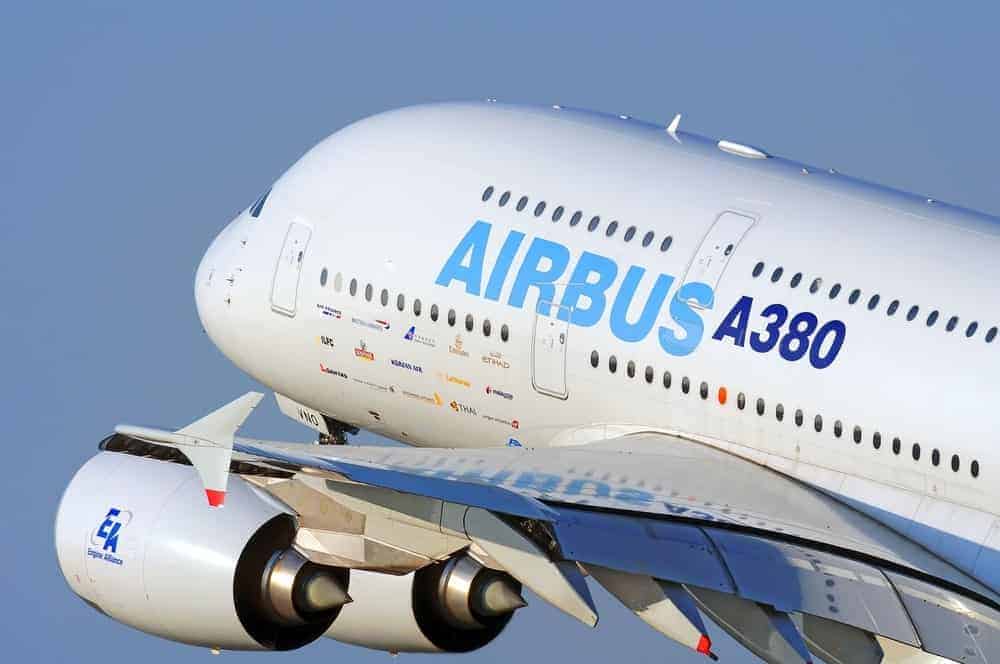
Airbus is a European manufacturer of airplanes that is registered in the Netherlands but has its services registered in other countries such as France, Germany, and Spain. It has been operational since 1970 and deals in large planes that can carry a large number of passengers. The first Airbus was the A300, and it was the world's first twin-aisle aircraft with twin engines. A smaller version of the A300, the A310, came into existence shortly after.
Variations of the aircraft exist such as the A318, A319, A350, A220, and the A321. These range from airplanes with 2 engines and 2 aisles, to 4 engines and double deckers with twin aisles.
Concorde
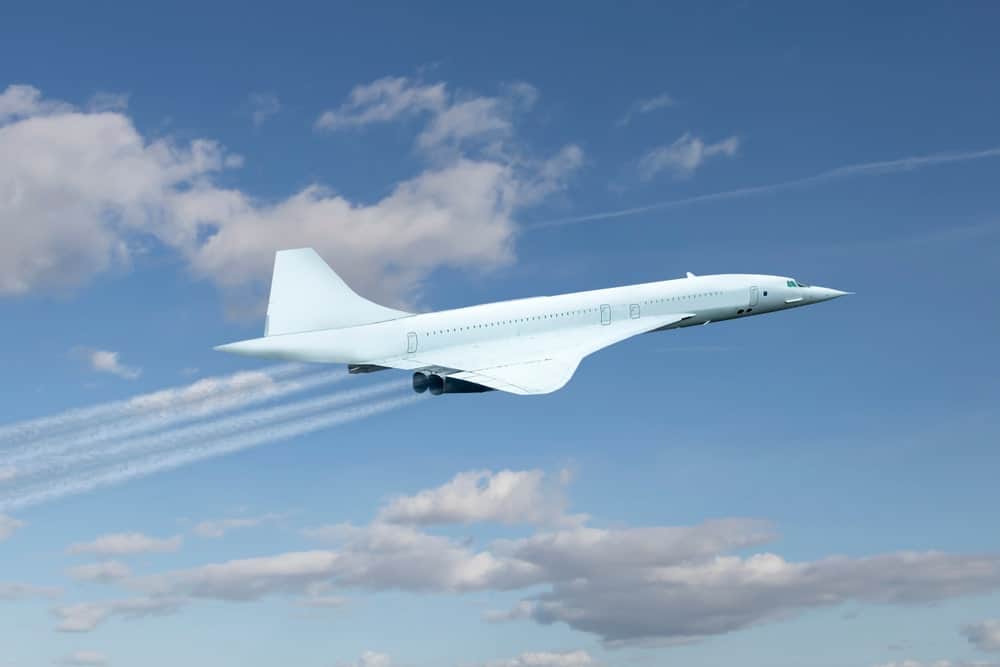
This is unquestionably one of the most iconic planes in history. It was legendary for its speed, the sound it made while flying over cities and towns, its iconic pointed nose design, and the luxury and extravagance that it stood for. However, it is no longer operational due to its inefficiency and the thondorous sound that it created when it flew over communities.
It was manufactured by British-French airliner Concorde and was operational from 1976 to 2003. It could travel at up to twice the speed of sound (1,354 miles per hour) and could seat nearly 92 to 128 passengers at a time. It is one of the two aircraft that has reached supersonic speeds, the other being the Tupolev Tu-144.
The Concorde may be on the verge of reintroduction since small startups and even NASA are looking into bringing it back.
Tupolev Tu-144
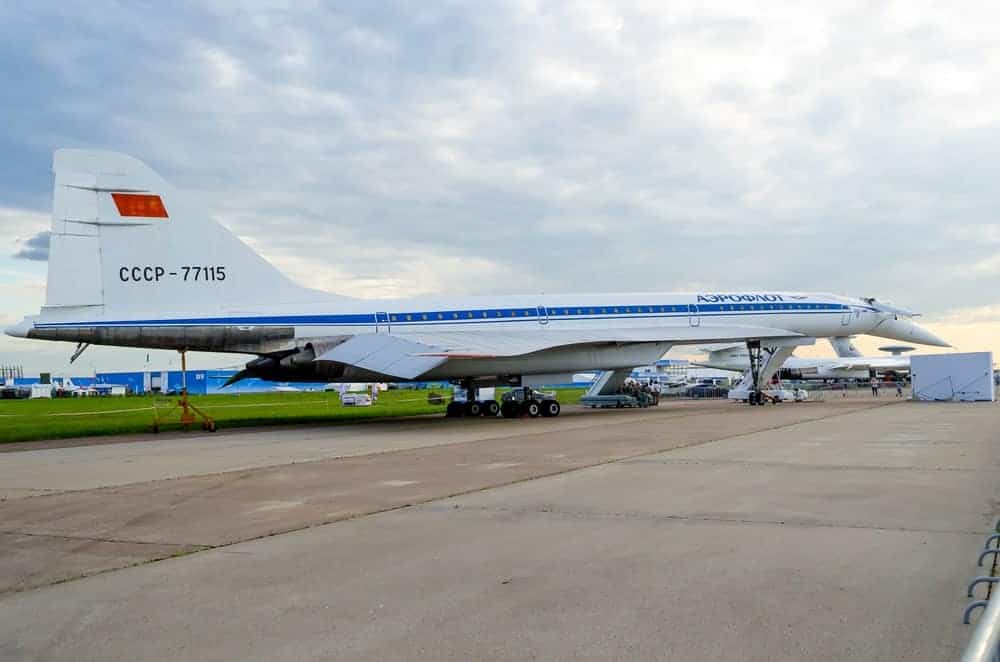
The Tupolev, though not as iconic as the Concorde, was one of the two supersonic airplanes that were operational in history. It was created in the Soviet Union, and first flew in 1968. The commercial introduction of the airliner was in November 1977, and it was retired from service almost a year later in 1978. It could fly at a top speed of 1200 miles per hour, almost as fast as the Concorde. It faced similar problems as the Concorde in operation, since it was inefficient and unprofitable.
However, it was used by the space program to train pilots of the Buran Spacecraft. It was also used by NASA for supersonic research at their national facilities.
Military Aircraft
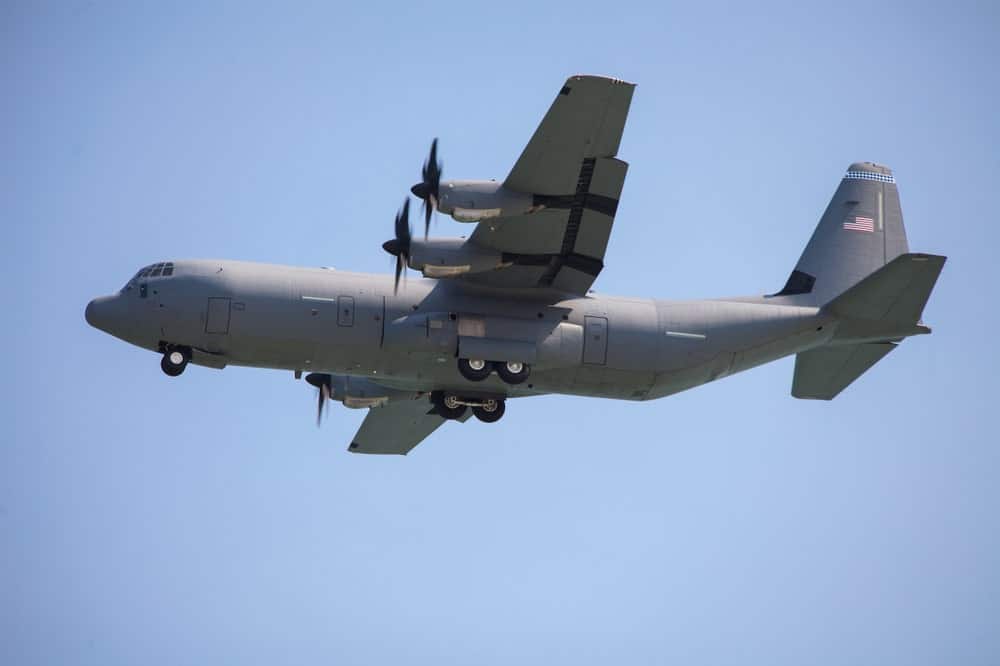
Military aircraft is a term that refers to the fixed wing or rotary wing aircraft that are operated by a legal or insurrectionary armed service. This could include a noncombatant aircraft, a marine or navy aircraft or that belonging to the airforce. This could be meant for surveillance, an attack, or transport.
Fighter

The primary role of fighter jets is to destroy the enemy aircraft in air to air combat. It is one of the most common aircraft type that is used for combat. These are meant specifically for defensive and offensive missions either to attack the enemy, or engage in defensive strategies. They are capable of carrying a lot of weapons including cannons, guided missiles, bombs, machine guns, and rockets.
Water Bomber
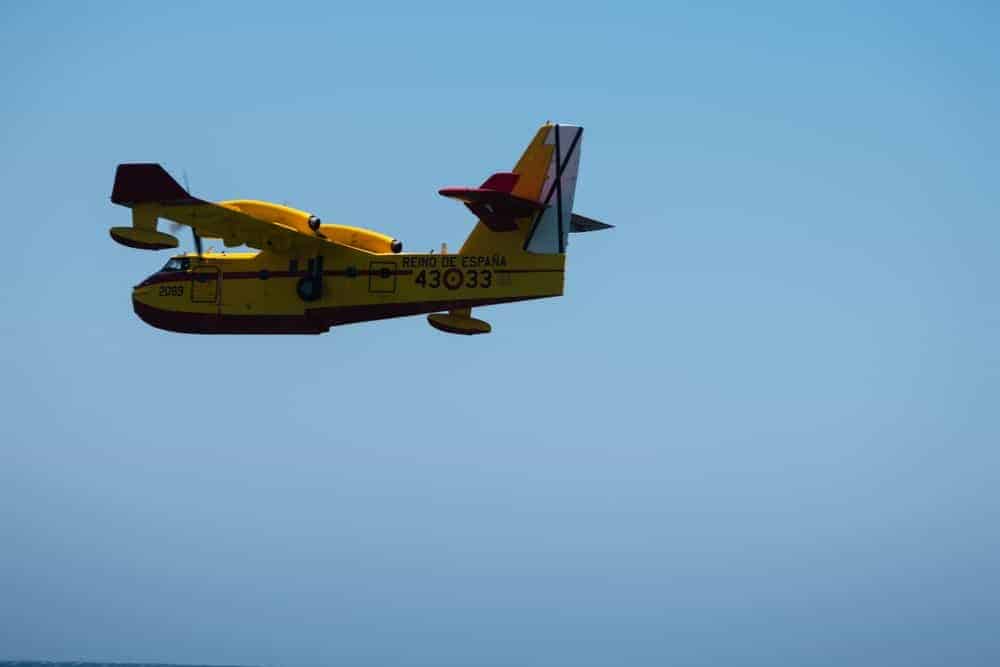
Bombers are usually larger, heavier and less maneuverable than fighters. They are intended to hover above targets and drop their payloads. They can carry bombs, torpedoes, nuclear bombs to deliver using gravity, and they can also carry cruise missiles. The most famous example of a bomber is the B-52 which dropped the first ever nuclear bomb used in a war on Hiroshima in 1945.
Maritime Patrol
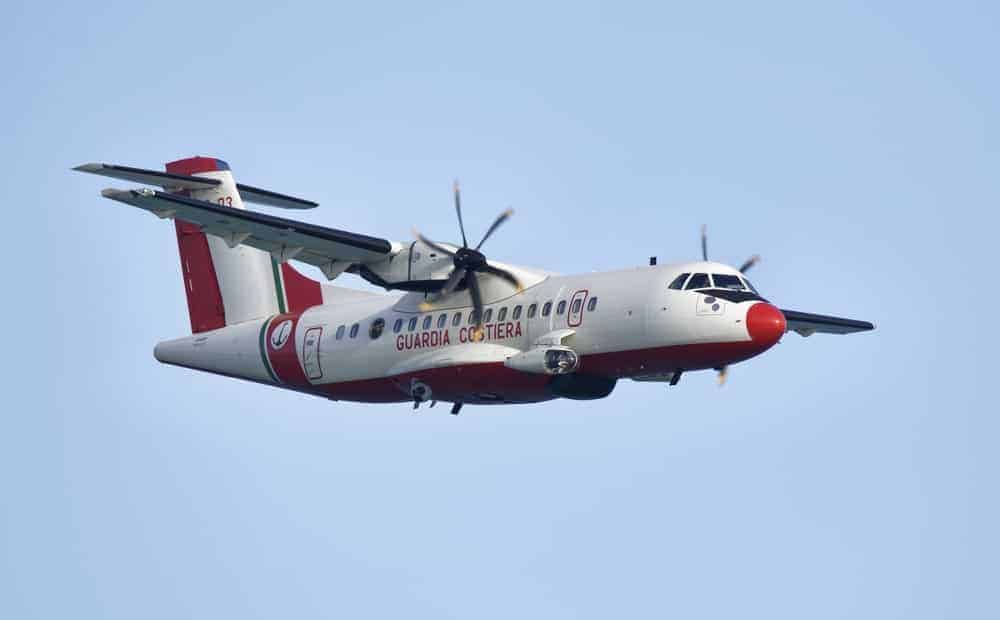
A maritime patrol aircraft is a fixed-wing aircraft for the military that is designed for long term operations over water. It is used to patrol for submarines, ships, and for rescue operations. It began as patrol aircraft that were specifically chosen to patrol over waters, and then it carved out its own niche. Some famous maritime patrol aircraft include Boeing P-8 Poseidon, and Boeing 737-800.
Multi-role Combat

Multi-role combat aircraft have a multi-role ability which can include being fighters and bombers at the same time. Hence they can be utilized for multiple missions if they are chosen. An example is the F-15E Strike Eagle and the F/A-18 Hornet, or the F-35 Lightning II. These planes began being manufactured during the first and second world wars as they served multiple purposes at a time of shortage of supplies and the need for quick thinking and action.
Transport
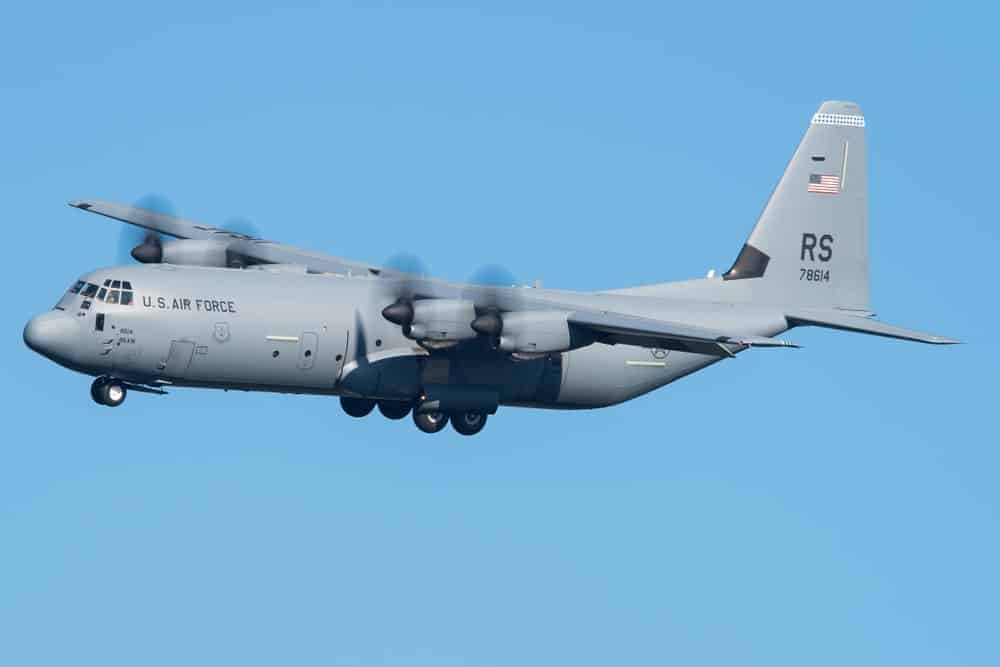
Military transport aircraft are used first and foremost for the transportation of troops and to supply food and ammunition for war. They can be used for cargo drops as long as the cargo is attached to pallets, which can be easily loaded and secured for flights. The Cargo can also be discharged from flying aircraft on parachutes. Hence the need for landing can be eliminated.
Some of the most popular transports for military use are the C-47, the C-17 Globemaster III, and the C-130.
The number of planes in existence today and what they can individually do is astonishing. There are so many things that can be accomplished with airplanes, the foremost being traveling around the globe, connecting with people in a matter of hours, which is honestly mind boggling. The small invention that was made in 1903 by the Wright Brothers has had a profound impact on the world.
Different Types of Aircraft With Pictures
Source: https://lemonbin.com/types-of-airplanes/
0 Response to "Different Types of Aircraft With Pictures"
Post a Comment